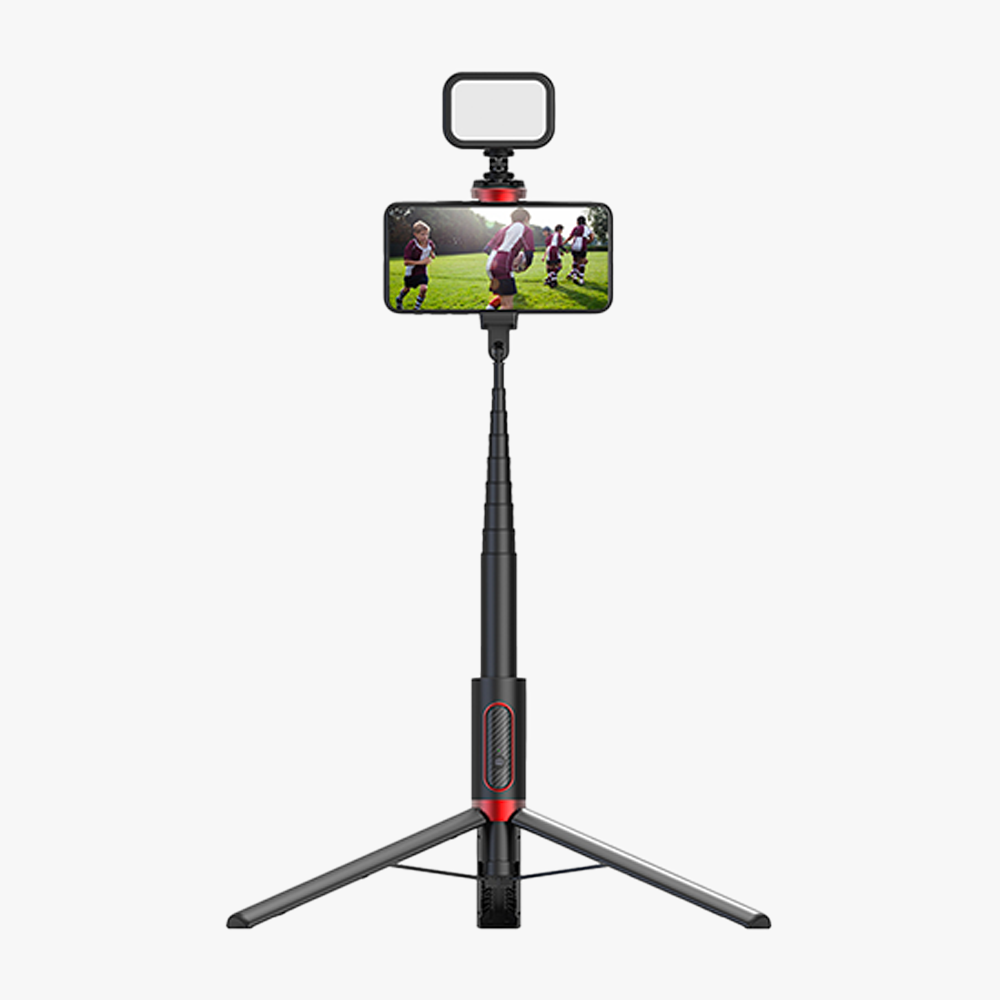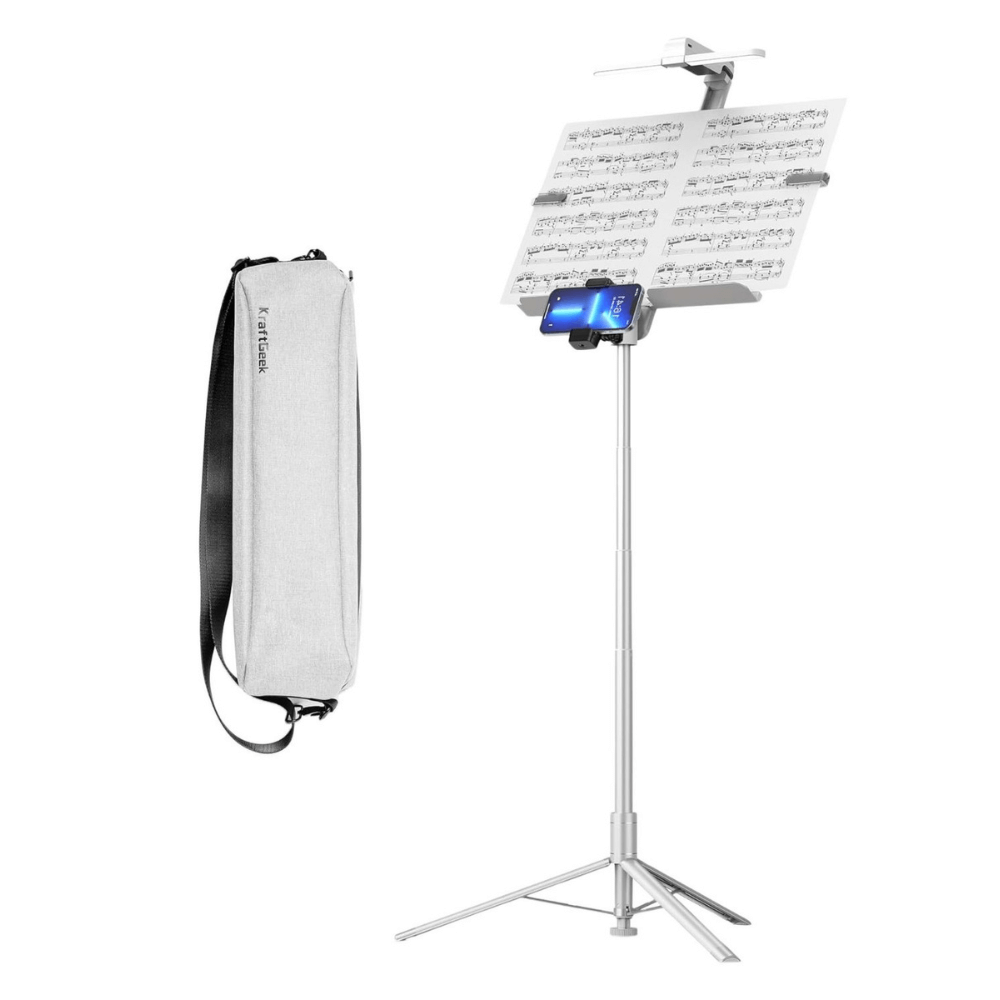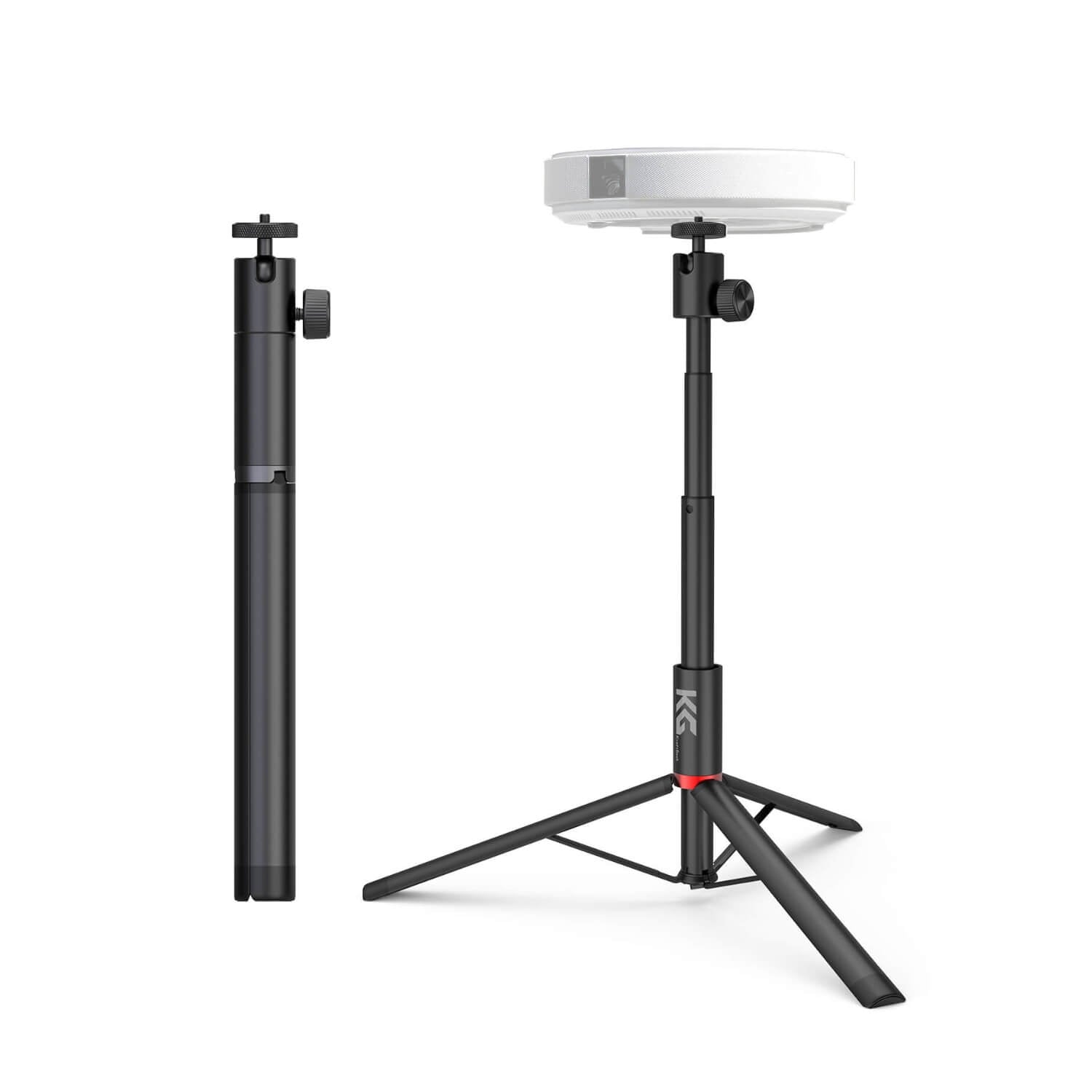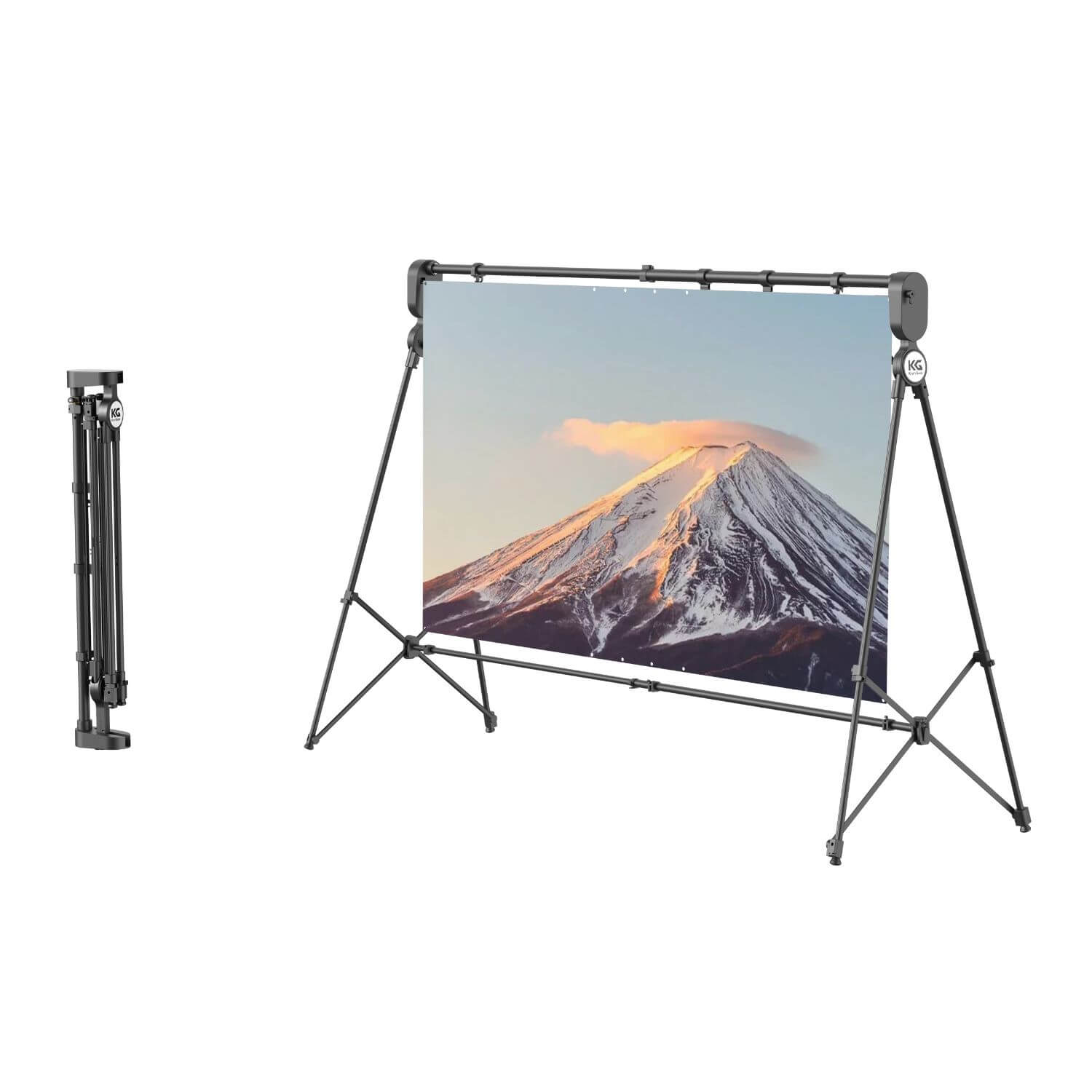Have you ever taken note of how a few guitarists appear to easily reach for those tricky chords, whereas others battle to extend their fingers over the fretboard? Hand estimate plays a key part in this. Littler hands might discover it challenging to reach certain chord voicings or perform wide extends required for a few techniques.
Tips and Techniques for Small-Handed Guitarists
1. Stretching Exercises for Improved Flexibility
- Finger Extensions: Begin by extending each finger one at a time as distant as possible, at that point bring them back in towards your palm. Repeat this movement for each finger, centering on tender extending without causing discomfort.
- Hand Stretches: Hold your hand out with your fingers expanded, at that point gently drag back each finger utilizing your other hand until you feel an extension. Hold for a few seconds before releasing and repeating with the other hand.
- Wrist Circles: Turn your wrists in circular movements, beginning clockwise and then counterclockwise, to release up the muscles and joints in your wrists.
2. Utilizing the Pinky Finger Effectively
Many guitarists, in any case of hand size, underutilize their pinky finger when playing. In any case, for small-handed guitarists, mastering the utilization of the pinky finger can be particularly advantageous. Here's how to make the most of your pinky:
- Chord Formation: Practice incorporating your pinky finger into chord formations, even if it feels challenging to begin with. Begin with straightforward chords and slowly work your way up to more complex ones.
- Scale Playing: When practicing scales, deliberately lock in your pinky finger to fret notes, rather than relying solely on your other fingers. This makes a difference in reinforcing the pinky and improving its dexterity over time.
- Pinky Exercises: Commit to particular practice sessions to work your focus on strengthening and coordinating your pinky finger. For example, attempt playing chromatic scales utilizing as it were your pinky finger on each fret.
3. Thumb Positioning and Ergonomic Hand Placement
Proper thumb positioning and hand placement are significant for small-handed guitarists to minimize pressure and inconvenience while playing. Here are a few tips for accomplishing ergonomic hand positioning:
- Thumb Placement: Instead of wrapping your thumb over the top of the neck, aim to position it behind the neck, providing support and stability without unnecessary strain.
- Hand Angle: Keep your hand at a comfortable angle relative to the neck, avoiding excessive bending or twisting of the wrist. A natural, relaxed hand position promotes fluid movement and reduces the risk of injury.
- Finger Placement: Put your fingers on the fretboard with a light, but firm, touch, ensuring that each finger is positioned directly behind its assigned fret for optimal reach and accuracy.
Choosing the Right Guitar for Small Hands
When selecting a guitar, one of the essential contemplations for small-handed players is the size of the instrument. Here's what to keep in mind:
Guitar Sizes
Guitars come in different sizes, including full-sized, 3/4 estimate, and travel guitars. While full-sized guitars may feel too large for a few small-handed players, 3/4 estimate and travel guitars offer a more compact choice that can be easier to handle.
Scale Lengths
Pay consideration to the scale length of the guitar, which is the separate between the nut and the bridge. Shorter scale lengths by and large include smaller frets and closer string spacing, making it simpler for little hands to reach and explore the fretboard.
Neck Shape
Look for guitar necks with thin or "C" formed profiles, as they tend to be more comfortable for little hands to hold and explore. Maintain a strategic distance from necks with bulky or "U" molded profiles, as they may feel awkward and troublesome to maneuver.
Fingerboard Radius
Pay attention to the fingerboard radius, which refers to the curvature of the fretboard. Opt for guitars with a flatter fingerboard radius, as it allows for easier string bending and fretting, particularly for players with smaller hands.
Type Of Guitar
- Acoustic Guitars: Acoustic guitars ordinarily have bigger bodies and longer scale lengths, which may pose challenges for small-handed players. Look for acoustic guitars with smaller body sizes and shorter scale lengths, such as parlor or concert models, for improved comfort and playability.
- Electric Guitars: Electric guitars offer more flexibility in terms of estimate, shape, and scale length. Consider electric guitars with thinner bodies and shorter scale lengths, as they are for the most part more comfortable for small-handed players to play.
Essential Guitar Gear and Accessories For Small Hands
1. Capos
Capos permit guitarists to alter the key of a tune without changing the fingerings of chords. For small-handed players, this implies they can utilize familiar chord shapes in distinctive keys, making it simpler to play a more extensive extent of songs.
2. Gauge Strings
Lighter gauge strings require less finger weight to fret notes, decreasing strain and fatigue, particularly for players with smaller hands. This makes it simpler to play chords and execute procedures without discomfort.
3. Music Stand
A music stand is essential for holding sheet music, chord charts, or guidelines materials while practicing or performing. Keeping your music at eye level decreases strain and promotes effective practice sessions.
Importance of Guitar Setup and Maintenance
String Activity Adjustment
Setting up the guitar includes adjusting the string action, which is the height of the strings over the fretboard. Bringing down the string activity makes it less demanding to fret notes, especially for players with smaller hands, as it reduces the separation between the strings and the frets.
Intonation Adjustment
Intonation refers to the accuracy of the guitar's tuning over the fretboard. Proper intonation guarantees that note play in tune at each fret, which is fundamental for keeping up clarity and tonal quality, particularly for players with small hands who may be more sensitive to fretting inaccuracies.
Nut and Bridge Maintenance
The nut and bridge are basic components that influence string height, spacing, and sound. Regular upkeep, such as lubricating up the nut spaces and adjusting the bridge height, guarantees smooth string development and ideal string-to-fret contact, encouraging easier playing for small-handed guitarists.
RELATED: How To Choose Your First Guitar
Product Recommendations
Conclusion
By understanding how hand placement influences your playing, implementing tips and procedures custom-fitted to your needs, choosing the right guitar essentials, and persistent practicing, you can overcome challenges and reach your melodic objectives. Keep in mind that the progress may appear moderate at times, but each minute went through practicing brings you closer to your aspirations.









